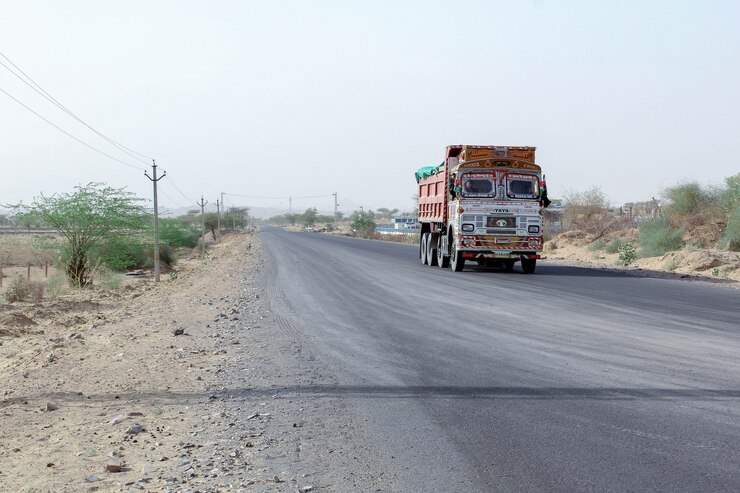Safety is a top concern for businesses when transporting valuable, fragile and perishable cargo in shipping containers. To keep goods safe in containers during transportation across cities or countries, proper handling and the right transportation practices are important. There are some essential tips that every container trucking company and shipper should follow for the safe and timely delivery of their cargo. Have a look-
Thorough Container Inspection
Before loading any cargo, a comprehensive container inspection should be done. This process should include:
- Examine exterior walls, roof, and floor for dents, holes, or structural damage that could compromise the container’s integrity during transport.
- You should check all door mechanisms, hinges, and locking systems so that there won’t be any security issues during the entire journey
- Inspect the container floor thoroughly for weak spots, holes, or water damage that could affect cargo stability.
- Look for signs of rust, corrosion, or water damage both inside and outside to avoid any structural damage during transit.
- Verifying the container’s CSC plate validity to make sure that all required certifications are updated and documented properly
The inspection shouldn’t be done in a hurry. Pay special attention to corner posts and rail structures, as these are crucial for maintaining the container’s structural integrity during transport. You can document any existing damage with photographs to prevent future disputes. Doing this will also help you get a properly repaired truck before loading valuable cargo.
Proper Cargo Loading and Weight Distribution
Proper loading means fitting items into the container in an efficient manner. This also means that strategic placement of the cargo to enhance safety during transport. Here’s how to do it right-
The loading process should follow a systematic approach-
- Place heavier items at the bottom and toward the front to maintain proper weight distribution and prevent tilting during transport.
- Distribute weight evenly across the container floor to prevent stress on any particular point and keep the vehicle stable.
- When you choose a container transport truck, make sure the cargo doesn’t exceed the container’s weight limit by carefully calculating the total weight including packaging materials.
- Leave no empty spaces between the box using appropriate blocking and bracing materials to avoid leaning due to gaps during jerks.
Remember that an improperly loaded container can become dangerous during transport. It might cause accidents or cargo damage. Use appropriate securing materials to fill gaps and prevent cargo movement.
Securing the Container
Container securing is perhaps the most vital part of safe transportation. This involves:
Lashing Requirements:
- Using appropriate lashing equipment rated for container weight. Make sure all straps and chains meet current safety standards.
- Implementing both vertical and horizontal lashing techniques to provide maximum stability during transport and prevent shifting.
- Regular checking and retightening of lashing during transport helps to maintain proper tension and safety throughout the journey.
- Top container shipping companies use corner castings and twist locks properly so that the container remains firmly attached to the transport vehicle.
- Installing additional securing points when necessary based on route conditions and cargo weight requirements.
Professional transporters should always carry backup lashing equipment and regularly inspect all securing points during the journey. The type of lashing used should match the container’s weight and the journey’s conditions.
Vehicle and Equipment Selection
Choosing the right transportation equipment is crucial for the safety of your cargo-
Essential Considerations:
- Verify that the truck’s weight capacity is suitable with the loaded container
- The vehicle should have proper container locks and securing points. Keep in mind to check all that if you want to avoid theft incidents.
- Check that all safety equipment is present and functional while hiring containers from the trucking company.
The transportation vehicle should be specifically designed for container handling, with appropriate twist locks and securing points. Regular maintenance of both the vehicle and handling equipment is essential for safe operations.
Conclusion
Safe container transport needs careful planning and attention. Implementing the above-mentioned tips can help avoid accidents and keep your cargo safe during transportation. Remember, spending time on safety is always better than inviting problems and dealing with damage. Regular training and learning new safety practices help keep transport safe every time.
